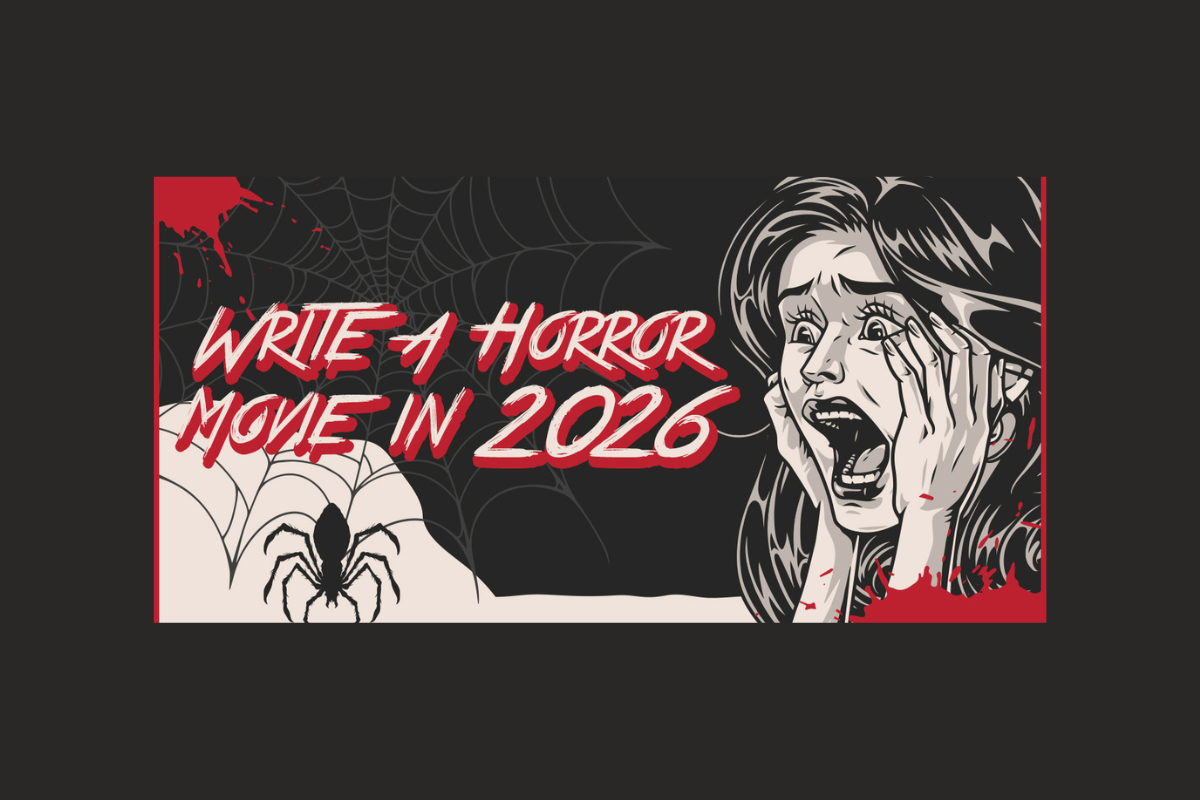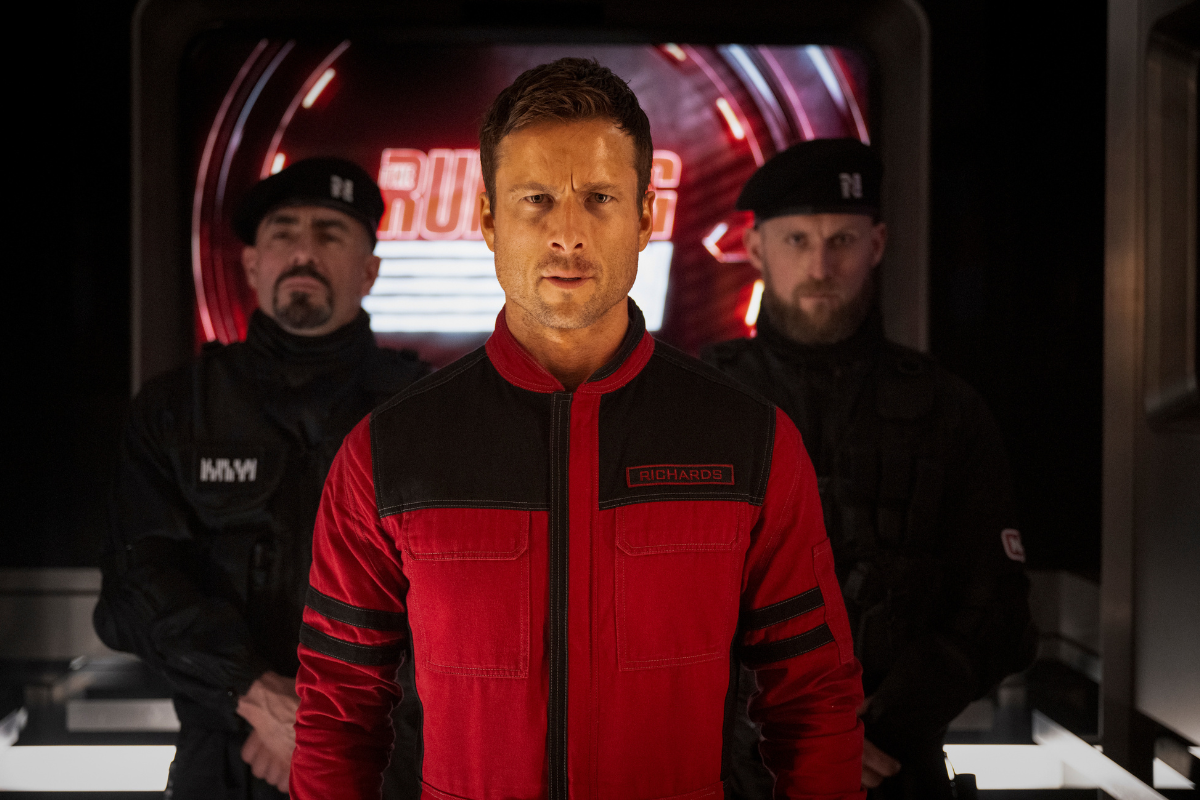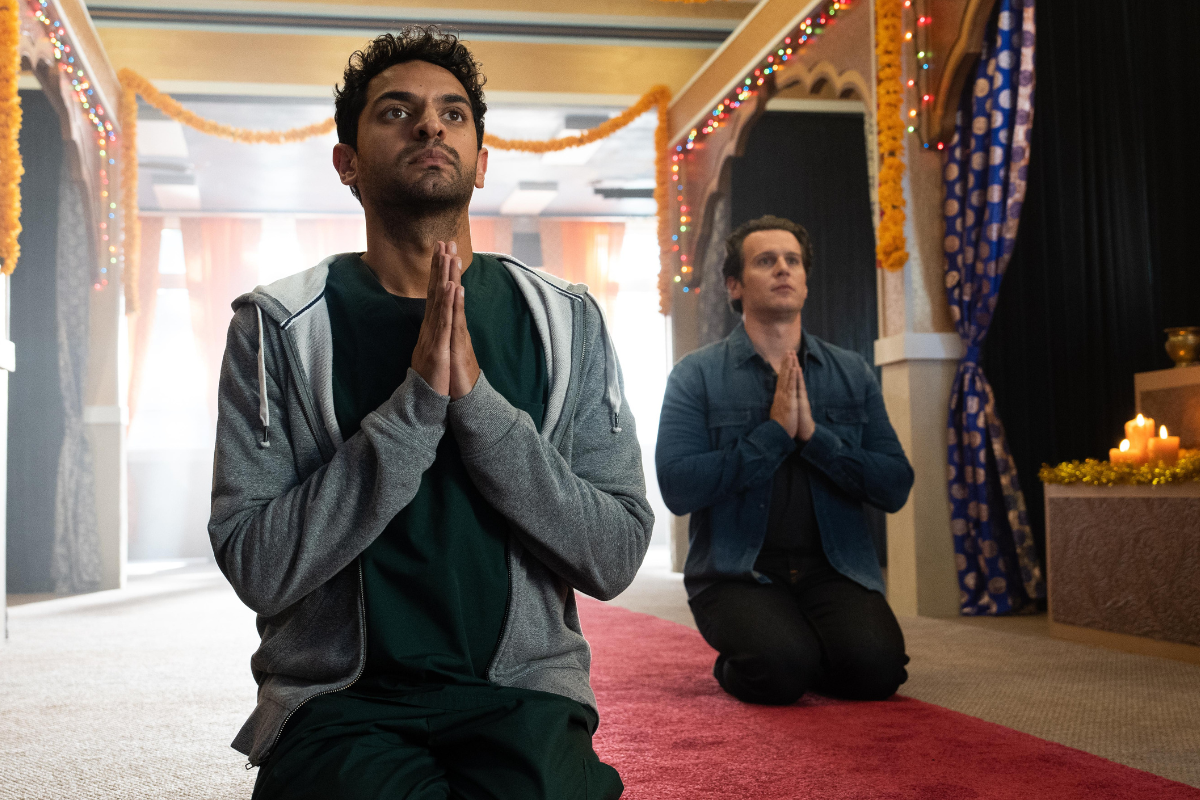Writers on Writing: Documentary Filmmaker Kevin Knoblock
For those nonfiction writers or directors who say they simply document reality and then present it, I say rubbish. Everyone has a point of view, and it comes into play through what you decide to shoot, who you decide to interview, and what makes the final cut.
In my near 30-year career I’ve worked in a variety of genres and for broadcast, cable, and theatrical distribution. The great majority of the work has been nonfiction, and now I work almost exclusively making feature-length documentaries. I’ve always written everything I’ve directed, and produced as well. Two well-received projects were Broken Promises: The United Nations at 60 and Border War: The Battle Over Illegal Immigration.
Over time I have developed a process that enables me to deliver on schedule, even if the schedule is edging toward the insane. Everyone has a different workflow when they begin a documentary project. Here is mine.
Start with a Short Pitch. You’ll want to condense the concept into a short written pitch to present to your potential funding sources -- the producers or executive producers who can greenlight your projects. These short written pitches are as few as three to five pages and rarely longer than 10. People are busy -- in my experience they don’t want to read a 20-page pitch.
I’ve gotten green lights on far less. My feature documentary film Broken Promises: The United Nations at 60, narrated by the late actor Ron Silver, was greenlit as a verbal pitch, with a ballpark budget I wrote on the back of a cocktail napkin.
Secure Funding. Easier said than done. Believe me, I know! But with advances in digital capture and desktop editing, you can shoot and edit a feature-length documentary for far less than even a few years ago.
Yes, you can make a documentary for $20,000, but unless it’s a labor of love, I would strongly recommend a realistic feature-length budget where you and your co-workers get paid industry standard rates. Most of my feature documentaries range from $300,000 on the low end to slightly over a million dollars.
You can write an entire book on funding sources. It always comes down to someone sharing your vision, whether they are individuals, networks, or nonprofit organizations. Remember to ask yourself this when you pitch: What’s in it for them?
Outline the Story. Once I get a green light, I like to do a more detailed outline of how the film will play. It’s a blueprint of how I imagine the film will be constructed before I’ve shot a frame.
With Broken Promises, which was designed to be a constructively critical look at the goals of the U.N. when it started in 1945 and how it was performing on its 60th anniversary in 2005, I wrote an outline breaking the film down into six acts over roughly 90 minutes.
I knew the topics of each act and how they would build toward a summation of the then current state of affairs of the U.N. Of course, there are constant rewrites and tweaks as new interviews come in.
In general, the way I prefer to work is to shoot all the interviews and b-roll first, and then write the voiceovers based on the interviews.
Find Great Personal Stories. One can never predict how interviews will affect the writing, and sometimes the overall structure of the movie. For Broken Promises, I followed my basic rule: Find compelling personal stories that will make complex issues relatable and emotionally compelling.
It’s a concept that was reinforced to me long ago by producer Peter Guber, who once told me that content writers, producers, and directors are, at the end of the day, in the "emotional transportation business" -- even writers and directors of documentaries. I had unconsciously always worked with that understanding, but Guber nailed the premise down. And he’s right. (Now I see he’s written a book, Tell to Win.)
Audiences, regardless of the genre or topic, want to be taken somewhere, learn something, and be moved -- emotionally transported.
In Broken Promises, I have a section on U.N. peacekeeping missions. We interviewed Eugenie Mukeshimana, a survivor of the genocide in Rwanda, and Lieutenant-General Romeo Dallaire, the U.N. commander on the ground who tried to stop the genocide. These two interviews were extraordinarily moving, along with our interview with Hasan Nuhanovic, whose family was murdered during the Bosnian war outside the U.N. safe zone in Srebrenica. These interviews made the movie.
What is the Message/Goal of the Documentary? Is this a documentary that has a strong point of view or one in which you’re searching for answers to a complex topic? Sometimes it’s both. For those nonfiction writers or directors who say they simply document reality and then present it, I say rubbish. Everyone has a point of view, and it comes into play through what you decide to shoot, who you decide to interview, and what makes the final cut.
But I also would say, be flexible. Be open to the story twisting and turning.
For me, it is very difficult to separate writing from directing. I can’t imagine doing just one or the other. For me, making documentaries is like building a house, but one where the blueprint is fluid and ever changing. It’s also like creating a sculpture based on plans that can and in fact should change as the raw material is created, or captured.
When Do You Use Voiceovers? In Broken Promises, I wrote voiceovers for my narrator, Ron Silver. They helped unite a variety of U.N.-related topics in the film.
For Border War: The Battle Over Illegal Immigration, which received a theatrical release in the fall of 2006, I found the topic to be so emotionally charged that I made the decision to let the "characters" tell their own stories in their own words. I would write no voiceovers.
In Border War, I decided to look at the issue of illegal immigration through five individuals on the front lines. Because it is such a complex subject, I wanted all viewpoints represented. I recruited the daughter of a former human smuggler who was now very active in supporting a strong border, an open border advocate who places water and blankets in the desert for migrants crossing illegally, a politician working for immigration reform, and a second-generation Mexican-American Border Patrol agent working to break up human and drug smuggling cartels in Nogales, Arizona.
As the individual stories unfolded, the script and structure constantly evolved. For each character I looked for a three-act structure. In the case of my Border Patrol agent, Luis Maheda, the story could not have been more dramatic.
One morning during my week of being embedded with his team of undercover agents, we were following a "coyote," or smuggler, as he attempted to drop off a "load" of illegal immigrants at a stash house. As we pursued him into a dead end, he spun his car around and rammed our vehicle as Maheda was exiting, pinning him into the door jamb.
Maheda dropped to the ground in pain, but somehow recovered. We began a high-speed chase back to the border. Our agents called the Mexican officials and requested they hold the suspect, who had just committed a felony assault on a federal agent. But when we arrived, the Mexican authorities and let the suspect go, claiming they found nothing to hold him on.
When the suspect was eventually identified, I knew I had my three acts for Agent Maheda. In Act One we meet Maheda and his team and learn their mission. In Act Two we see him do his job, including the rescue of immigrants stranded by their coyote in the desert with little food or water. Act Two ends with Maheda being hit by the coyote’s vehicle.
In Act Three, we learn the identity of his assailant. He is not caught within the time frame of our filming, but the agents are certain they will see him again -- the suspect has a long record of serial human and drug smuggling. And we see Agent Maheda vow to continue his mission.
Within the time I spent with each of my five characters, I found story beats that fit into a three-act structure -- each with some form of resolution at the end. I then intercut each of these five stories. Reviewers later observed a structure similar to the feature film Traffic, directed by Steven Soderbergh. It was unintentional. But it worked. You can view clips of Border War at http://www.peacerivercompany.com/border-war-the-battle-over-illegal-immigration and of Broken Promises at http://www.peacerivercompany.com/brokenpromises/.
Post-Production. Writing and rewrites are part of the process in post as you refine the story and try to improve it with each pass.
Sometimes you are rewriting to fit the style of your narrator, if you are using one. You’ll also be rewriting as you fact check the voiceovers with your researcher.
During post-production, it’s again hard for me to separate writing and directing. When I decide what will enhance the story visually, whether archival photos or footage or even stylized reenactments, and what type of musical score I envision for various scenes, is that me working as a writer or director? I think both.
In summary, my overall desire is to tell compelling stories with structures that audiences understand. For me, documentaries don’t just observe life or provide information. Yes, they are factual, and about real people and issues. But they can also be powerfully dramatic, and, hopefully, move audiences emotionally.







